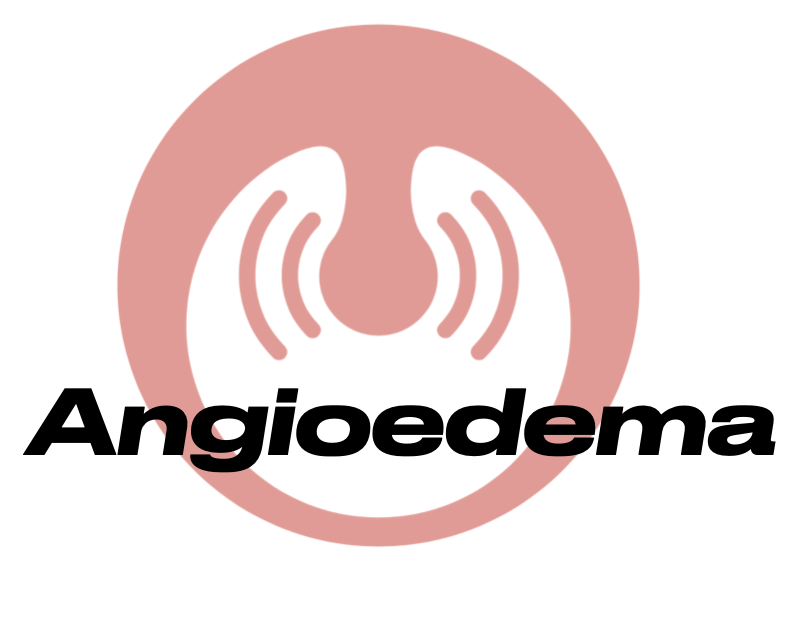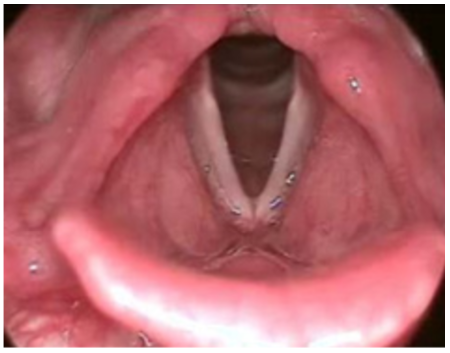Grand Rounds Recap 08.12.20
/This week’s Grand Rounds started off with Dr. Minges walking us through how to perform ultrasound-guided regional anesthesia. Drs. Curry and Ryan then presented the first Year Directives of the academic year discussing EMTALA criteria and how to negotiate a contract. Drs. Wosiski and Iparraguirre expertly discussed the literature behind angioedema management. Drs. Crawford and Doerning battled it out on a case involving hiccups (read to find out more about this fascinating case). And lastly, Dr. Stratton from our PEM division walked us through how to approach the pediatric patient and pearls on how to determine “sick” from “not sick".”
Read More






